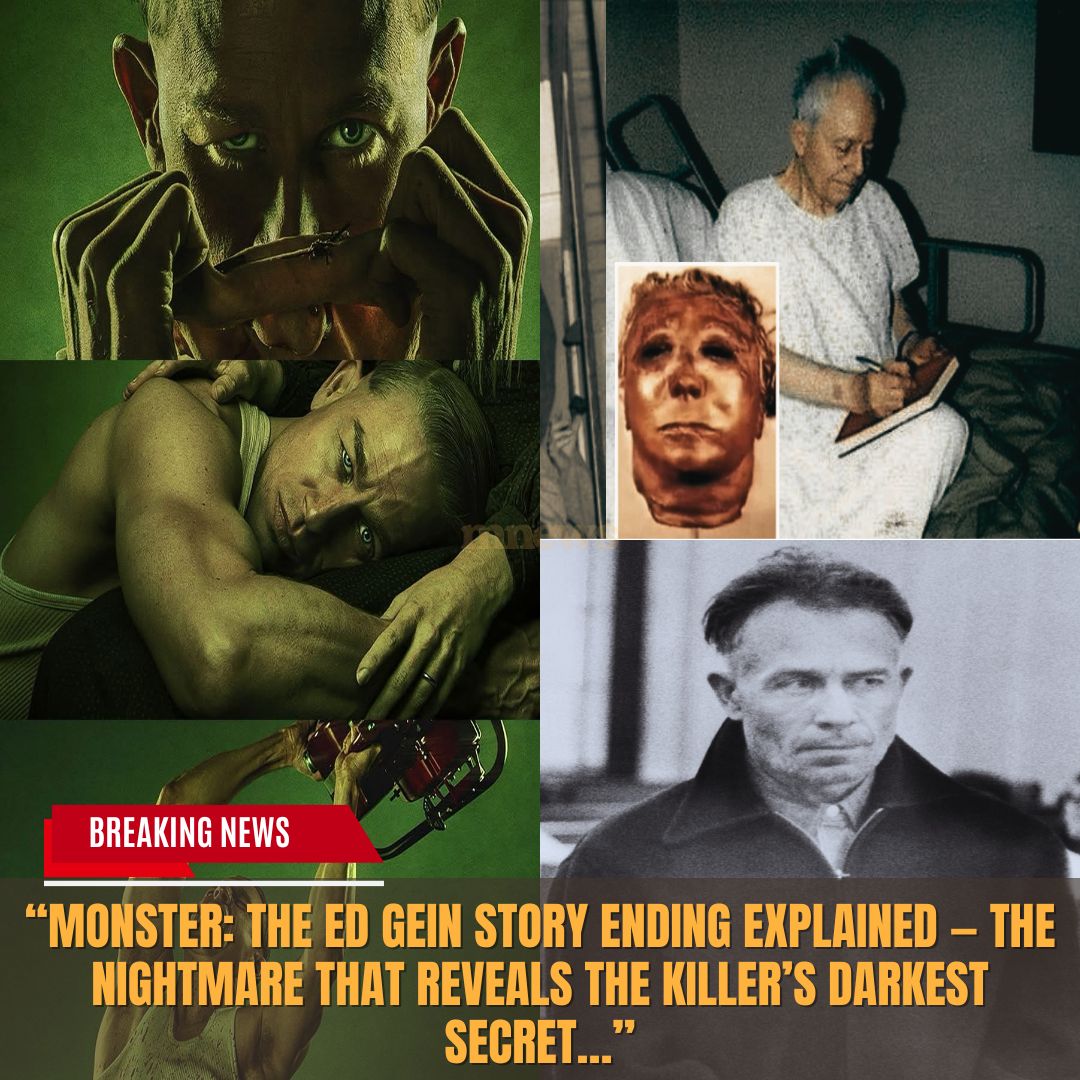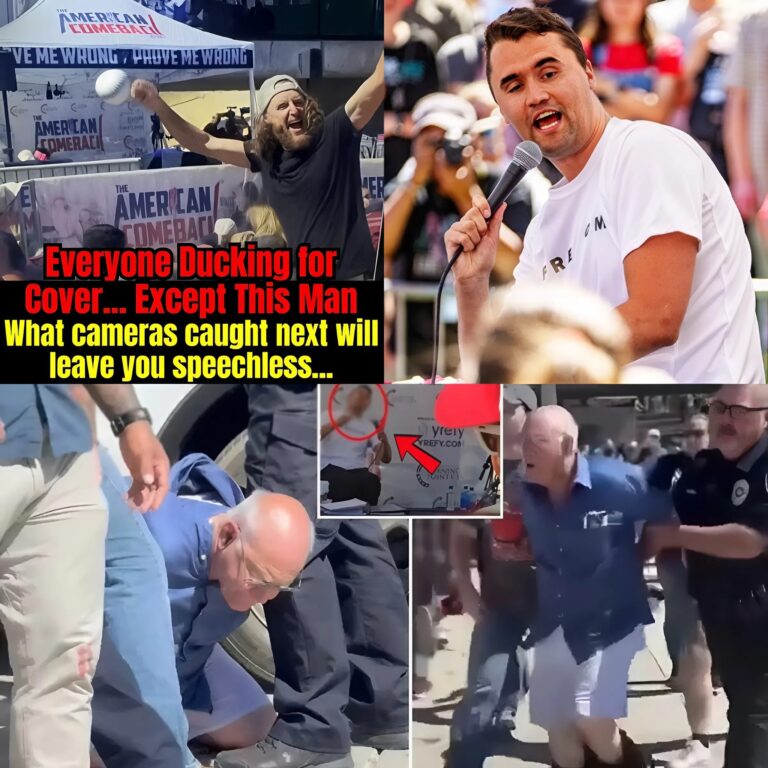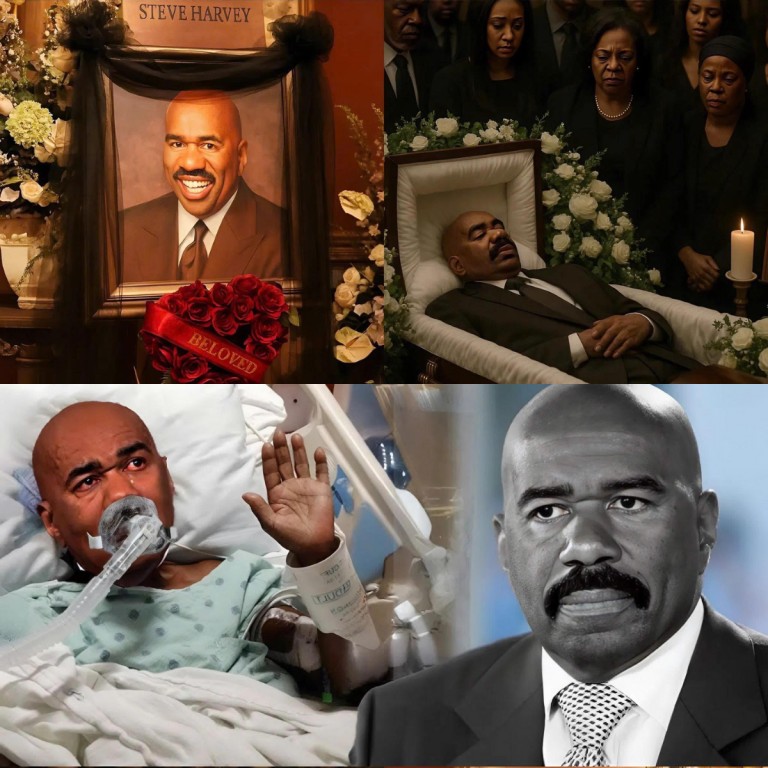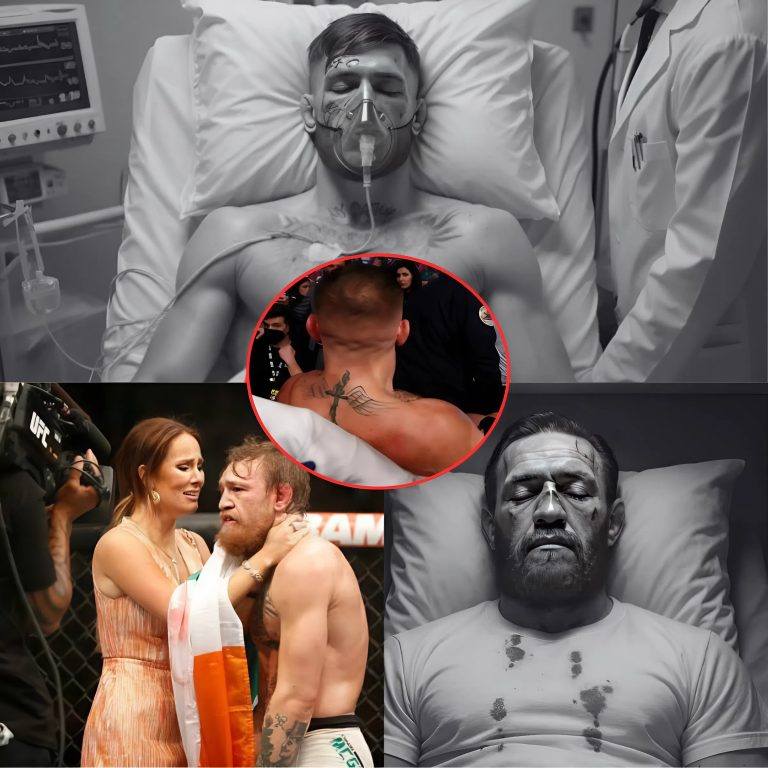The finale, titled “The Godfather,” features known serial killers, both real and fictional

After eight episodes, the terrifying tale of Ed Gein comes to an end in Monster: The Ed Gein Story.
The latest season of the Netflix anthology centers around Ed (Charlie Hunnam), the Wisconsin farmer later known as the infamous “Butcher of Plainfield.” Ed’s life is depicted, starting with his family, including mom Augusta Gein (Laurie Metcalf), dad George Gein (Darin Cooper) and brother Henry Gein (Hudson Oz).
In Monster, viewers briefly spot Henry while Ed kills George and spends time with Augusta. As time goes on, Ed is deeply impacted by Augusta’s sudden death, which leads him to visit graveyards and try to recreate the memory of his mom with the bodies of recently deceased women. But it eventually isn’t enough, and he decides to kill two women, turning him into a serial killer.
:max_bytes(150000):strip_icc():focal(804x487:806x489):format(webp)/Charlie-Hunnam-Stars-in-the-First-Trailer-for-Monster-090425-4e87213c7aef4d51bacdbdb2cb409367.jpg)
By the end of the season, Ed is caught by the police and put in an institution. In the last episode, “The Godfather,” he meets his fate with an imaginary musical number as background music.
So, how does the season conclude, and what happens to Ed? Here’s the ending of Monster: The Ed Gein Story explained.
How does Monster: The Ed Gein Story end?
:max_bytes(150000):strip_icc():focal(988x472:990x474):format(webp)/ed-gein-mom-augusta-gein-093025-93f43ec255f54dd689feb29c8605ab55.jpg)
The last episode of Monster: The Ed Gein Story shows Ed’s final years in a mental institution. His murders might be long in the past, but as the episode depicts, his atrocious acts appeared to inspire other serial killers, both real and fictional.
In the finale, Ed is diagnosed with stage four lung cancer, and as he lies dying, he dreams of a musical number set to “Owner of a Lonely Heart” by the British rock band Yes. The sequence features hospital staff and serial killers, like Charles Manson, praising Ed, while they dance to the New Wave song.
Ed is also reunited with his mother, Augusta, who died from a stroke in the first episode. “Eddie, you really made a name for us Geins, and I couldn’t be more proud,” she tells him.
“I think it’s time,” he says. “You go to rest now, darling boy. Rest,” she responds.
The episode returns to reality, with Ed taking his last breath. The next scene features teenagers stealing the tombstone from Ed’s grave, before the episode concludes on a quiet note.
Monster: The Ed Gein Story ends with a flashback, in which Ed and Augusta are peacefully sitting on their front porch. Augusta is knitting, while Ed takes a sip of lemonade. She looks over at him and says, with a smile, “Only a mother could love you.”
Does Ed Gein die?
:max_bytes(150000):strip_icc():focal(731x424:733x426):format(webp)/Charlie-Hunnam-Ed-Gein-100725-006c21c18a874e1cbf73801a5b8303b7.jpg)
Yes, Ed dies at the end of Monster: The Ed Gein Story.
In the final episode, the serial killer is diagnosed with stage four lung cancer. With his health declining, he coughs up blood, and in the last minutes of the finale, he is shown taking his final breath in bed at the mental institution.
In real life, Ed spent most of his remaining life at the Mendota Mental Health Institute, according to the Milwaukee Journal Sentinel. He died at 77 from respiratory failure related to lung cancer on July 26, 1984.
Do Ed and Adeline Watkins reunite?
:max_bytes(150000):strip_icc():focal(559x334:561x336):format(webp)/monster-ed-gein-netflix-charlie-hunnam-suzanna-son-091925-0b94c0a77f27494d856fb4d5b3c3ec2f.jpg)
Yes, Adeline Watkins (Suzanna Son) visits Ed at the mental hospital. He confronts her about how she told reporters she “barely knew” Ed, even though they were romantically involved.
During her hospital visit, Adeline tells Ed about her dark, depressive episodes and shows him a list of people she wants to kill. Her confession leads Ed to realize that he didn’t just inspire serial killers, but also people close to him.
“You and me have always been the same, Eddie Gein. Two peas in a pod, you and me,” Adeline tells him.
Ed kisses her hand and says, “I sure do love you,” before he is wheeled away in his wheelchair, leaving Adeline alone.
In real life, she claimed to the Minneapolis Tribune that she had a 20-year romance with Ed. Shortly after, Adeline retracted her statement about being involved with the murderer.
Which serial killers make cameos in the finale of Monster: The Ed Gein Story?
:max_bytes(150000):strip_icc():focal(750x436:752x438):format(webp)/monster-ed-gein-netflix-charlie-hunnam-3-091925-5f54ff1eb2374bceb09ad95f65a89d8b.jpg)
The finale of Monster: The Ed Gein Story features cameos from multiple real serial killers.
The episode opens with Ted Bundy continuing his killing spree, and other murderers who appear throughout include Jerry Brudos and Richard Speck.
In a fantasy sequence, Ed dreams he is visited by serial killers who idolize him, like Charles Manson, Ed Kemper, Brudos and Speck.
Fictional murderers also appear. In a cemetery scene toward the end of the episode, Psycho‘s Norman Bates, The Texas Chainsaw Massacre‘s Leatherface and The Silence of the Lambs‘ Buffalo Bill reveal themselves to a teenager near Ed’s gravesite.
What happened to the headstone at Ed’s grave?
:max_bytes(150000):strip_icc():focal(999x0:1001x2):format(webp)/monster-gein-hunnan-10325-df4e31635fdd4d8db2967ea4daea8da1.jpg)
At the end of Monster: The Ed Gein Story, rowdy teenagers are spotted partying in a cemetery. They tie a rope around the headstone of Ed’s grave and dislodge it using a pickup truck.
In reality, Ed’s burial site became a morbid tourist attraction. According to the New York Post, visitors broke off parts of the headstone as souvenirs. Eventually, in 2000, the entire headstone was stolen. Per Biography, it was recovered a year later and is now kept in storage.
There is no marker on Ed’s grave today; only the grassy patch between his brother and mother indicates where he was buried.





